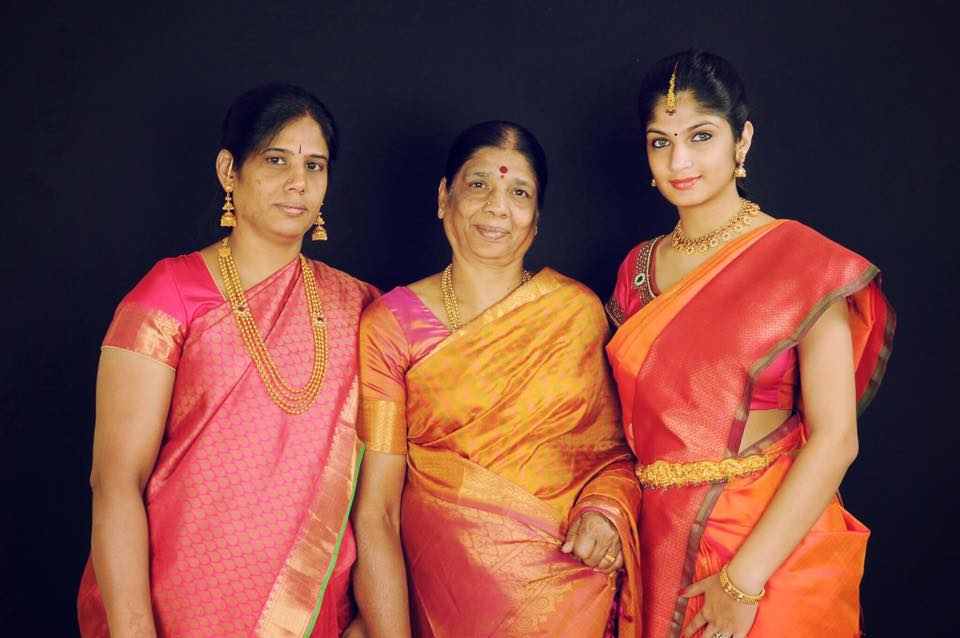1960s Bangaloreans vs 2016s Bangaloreans
The altercation of old over the young is prevalent since Socrates age. Comparing generations is as ridiculous as comparing the caterpillar to the butterfly. Instead, one could compare the people living at two different periods, like those living in 1960s Bangalore, to that of 2016s Bangalore.
Two differences prevail between these two periods, one, the belief system and two, the values. 1960s Bangalore was extremely traditional, divided and brutally hierarchical. People firmly believed in the caste system and lived in strictly demarcated colonies with caste-specific boundaries. Crossing these boundaries was to call for social contempt. Although water flowed in a single pipe, upper and lower castes had deputed taps, guarded zealously when no water flowed in them. The caste demarcation was severe in the places of worship. The non-Brahmins were seldom allowed into the sanctum sanctorum of the temple. The children were strictly instructed (by their parents) not to sit next to a child belonging to the lower caste at schools.
In contrast to this stringent belief in the caste system, the people in 2016s Bangalore are more accommodative and non-conformists. The colonies that divided people according to castes have been disappeared. Children belonging to all castes play together, go to the same school, and drink the same tap water. People of all castes are allowed inside the temples. Overall, the belief that the lower caste is inferior has been changed, and intercaste marriages are common.
The second difference between the people of the 1960s and 2016s is values. 1960s people held values in high regard. They adhered to the family values, moral, ethical and social values. The offices during this period usually worked from 10 am to 5 pm. It was common for men to buy vegetables and Jasmine flowers for their wives in the evening while returning home from the office. The parents had enough time for their children. In addition, there was a lot of unity and interdependency among the neighbours. A festival or a marriage in a family was the business of the whole street or village. As there were no machines and instant food, cooking was completely manual. Bangalorean’s preparation of food needed pounding, grinding, churning, frying, etc. Hence the relatives, friends well-wishers lent a helping hand. Their support was valued, appreciated and anticipated.
Also, addiction and bad habits were so scarce that they could be considered nil. The men who smoked did it discretely in the absence of the elders, women and children. Consuming alcohol was abhorred, and there was no liquor shops insight. The toddy was sold outside the village in seclusion.
Contradictory to the 1960s, the present Bangaloreans are individualistic, independent and self-centred. Both men and women work late at night, and the quality of family time is greatly diminished. Inevitably, people have become heavily dependent on machines than the people. Hence, modern festivals and weddings have become merely a display of wealth. Manual labour is looked down upon and is being considered as the arena of unintelligent people. As the strain on body muscle is lesser than the pressure on the brain-muscle, people become stressed and resort to smoking and consuming alcohol. It has resulted in liquor shops in every corner of Bangalore.
Thus, the 1960s Bangaloreans, although racial and orthodox, were dependable and hardworking. They had high family values and were not prone to addictions compared to the individualistic, 2016s Bangaloreans who have forgotten the value of the support system and disregarded the family bonding.

